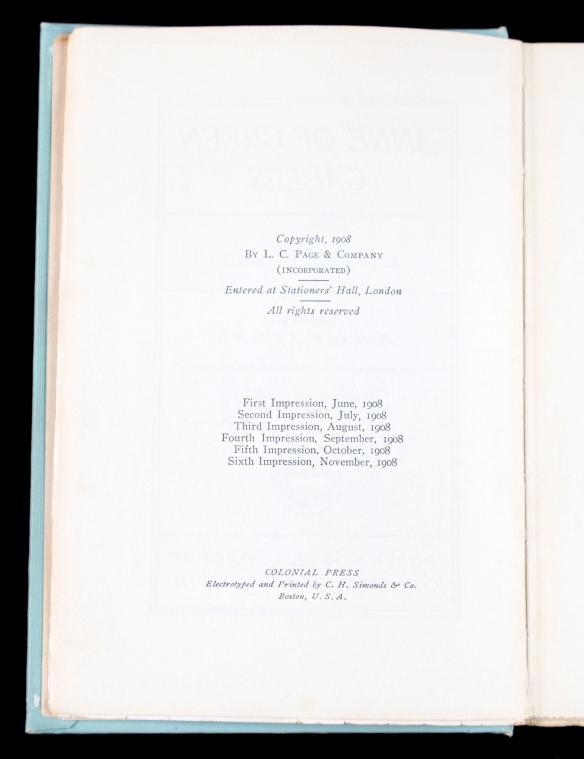By Forrest Pass
What do Inuit mapmakers, German composer Ludwig van Beethoven, a notorious Italian stamp forger and Soviet spies have in common? Their works are all represented in the collections at Library and Archives Canada. These artifacts are also showcased in Unexpected! Surprising Treasures From Library and Archives Canada, which opens at the Canadian Museum of History on Thursday, December 8, 2022. This new exhibition gives curious visitors a chance to see, first-hand, many intriguing items that they might not expect to find at Canada’s national library and archives.
The exhibition features some 40 original documents, maps, photographs, rare books and works of art. Regular readers of this blog will know that researchers and staff are always coming across surprises in the collection. A few of the items displayed in Unexpected! are perennial favourites. Others are new finds, the never-before-exhibited results of research into the unusual stories that library and archival collections can reveal.

A secret agent receives instructions from his handlers. The delivery of this and other Soviet espionage documents to Canadian authorities in 1945 helped to start the Cold War. (e011316511_s1)
These stories are clustered around three themes. The first, Wonders, presents artifacts that delighted or intrigued their audiences when they were created, and they continue to do so today. Visitors will discover how a manuscript composition by Beethoven ended up in Canada. They can experience an 18th-century version of virtual reality. They may also contemplate two contrasting visions of the Arctic: one, the product of an imaginative European cartographer who had never visited the region, and the other, the work of two Inuit mapmakers with deep connections to the land.

Perspective views, like this imaginary street scene in the city of Québec, appear to be three-dimensional when viewed through a device called a zograscope. The exhibition features a reconstructed zograscope, enabling visitors to experience virtual reality, 1770s-style. (e011309357)
In the second theme, Secrets, Unexpected! explores how and why people keep secrets, and how they share secrets with those who need to know. Visitors can crack a coded love letter, ponder the rich symbolism of a centuries-old masonic ritual painting, and find out why the Dominion Archivist once mused (or “mew-sed”?) about putting cats on the government payroll.
The final theme, Mysteries, presents some unresolved puzzles. Here, visitors can pore over the contents of a UFO investigation file, or come face to face with the rare “Fool’s Cap Map,” printed in the 1500s and perhaps the most mysterious map ever created.

One of these 1851 New Brunswick postage stamps is a forgery. Can you spot the fake? (e011309360 and e011309361)
The stories that these artifacts tell can be funny, thought-provoking or simply curious. What links them all is that each artifact, when you scratch beneath its surprising surface, reveals something important about the past. There are good reasons why they have found their way into the collections at Library and Archives Canada.
This is the latest in a series of exhibitions developed in partnership between Library and Archives Canada and the Canadian Museum of History. As the curator for Unexpected!, I have had the privilege and pleasure of collaborating on this project with a multidisciplinary team of exhibition and collections professionals from both institutions. In addition to providing the venue, the museum has contributed creative development expertise and a scenographic approach that recalls the look and feel of mid-century mysteries and spy thrillers. The museum’s technicians also took up the challenge of constructing several interactive elements that will enhance visitors’ understanding and appreciation of the original artifacts.
Unexpected! Surprising Treasures From Library and Archives Canada is at the Canadian Museum of History until November 26, 2023. Watch this blog as well as Library and Archives Canada’s social media channels in the coming weeks and months to learn more about the astonishing treasures on display.
Forrest Pass is a curator in the Exhibitions team at Library and Archives Canada.














![Les voyages du sieur de Champlain…, 1613 and its map Carte geographique de la Nouvelle Franse faictte par le sieur de Champlain [Geographical map of New France by Samuel de Champlain], engraved by David Pelletier in 1612. (MIKAN 3919638) (AMICUS 4700723)](https://thediscoverblog.files.wordpress.com/2017/01/15543654392_3ac964f9a1_k.jpg?w=584&h=390)



